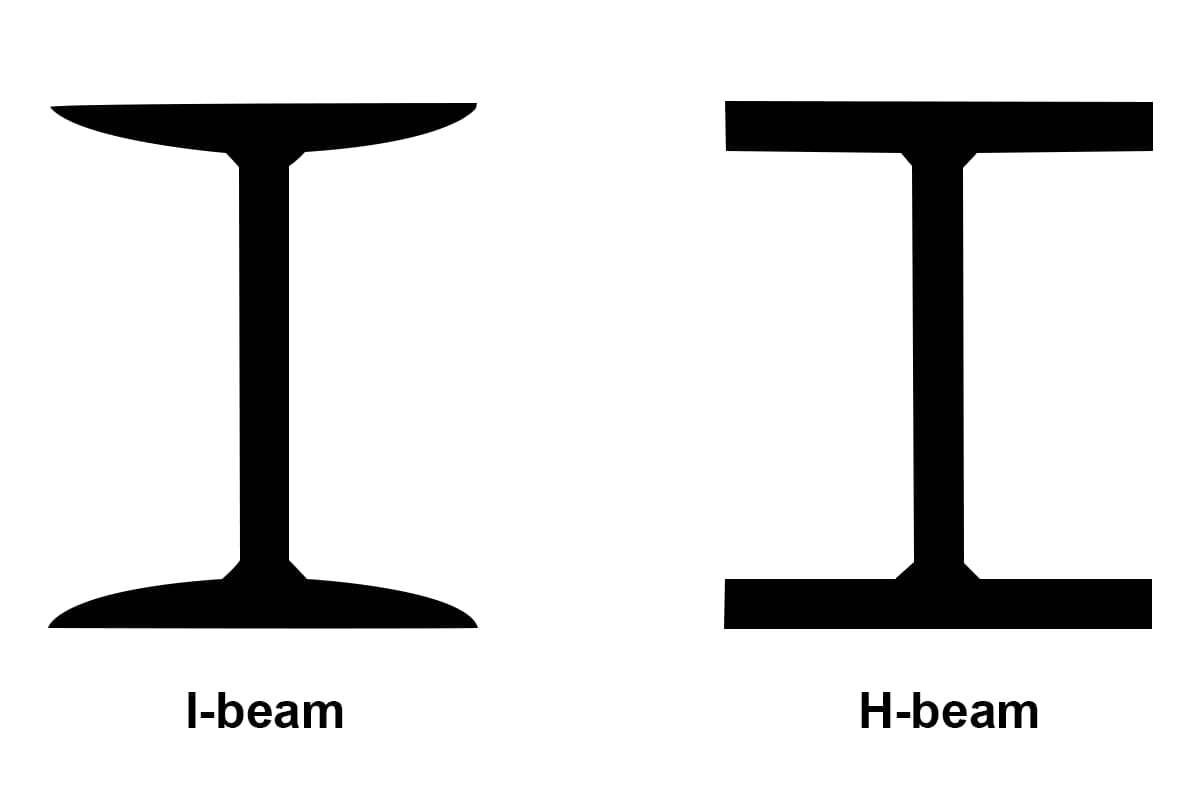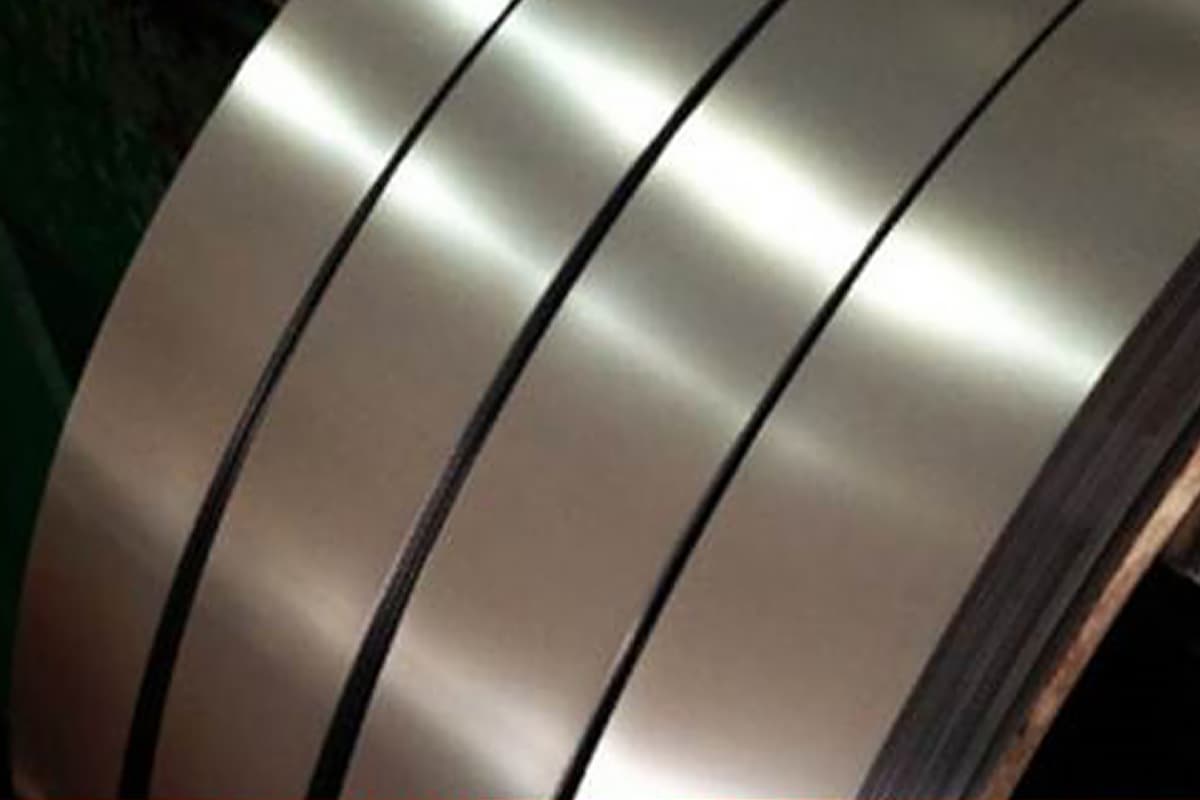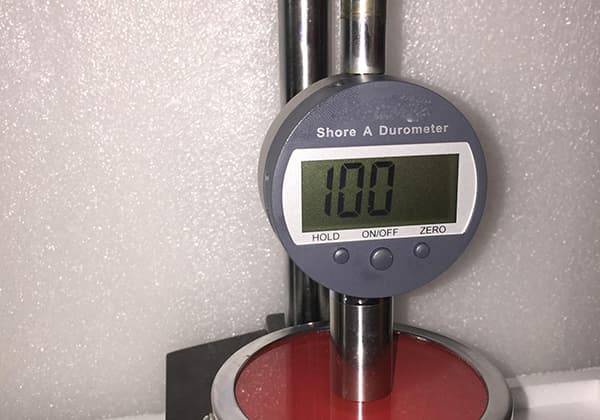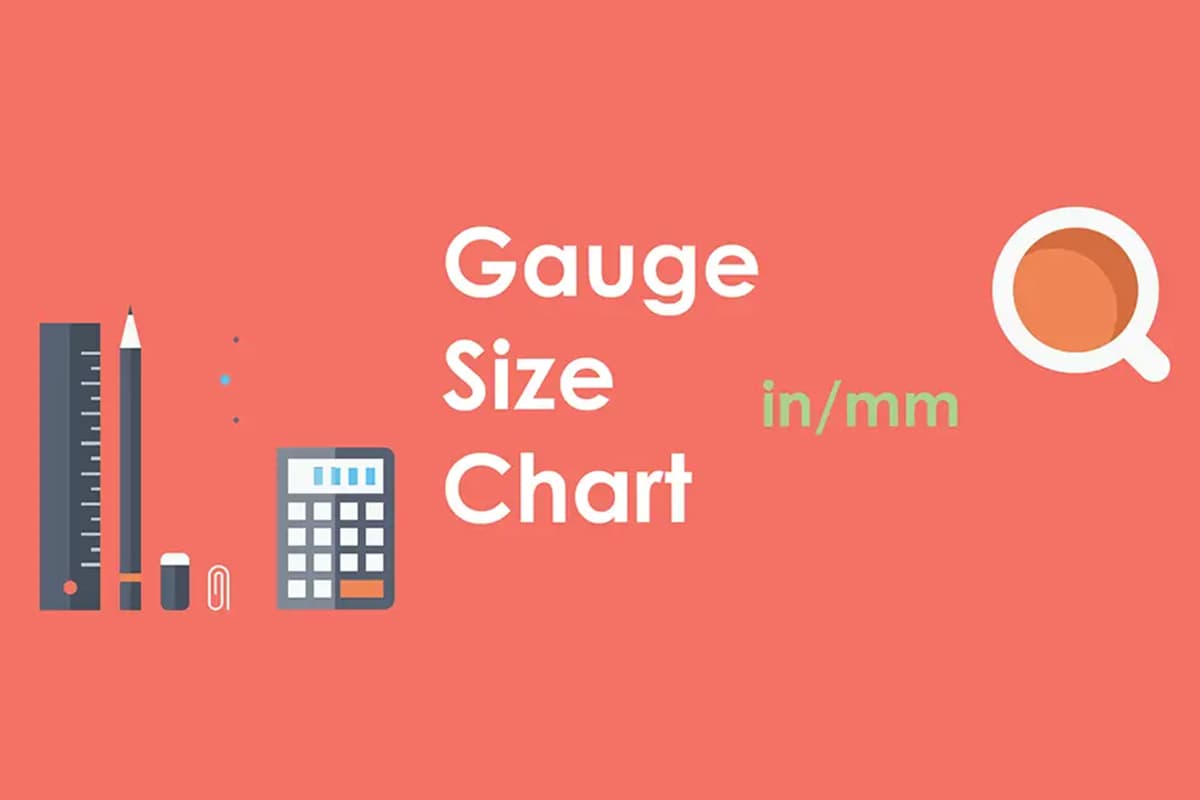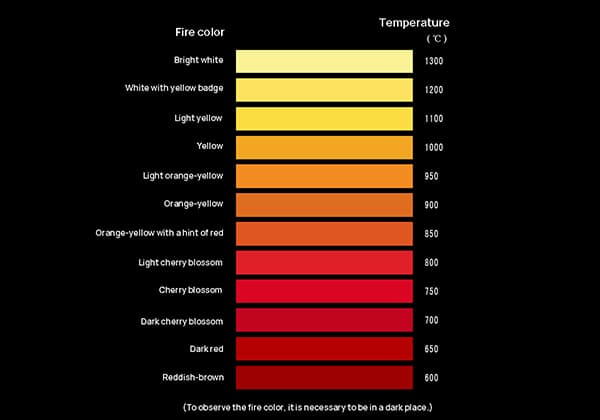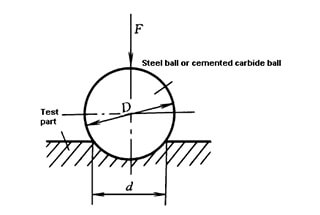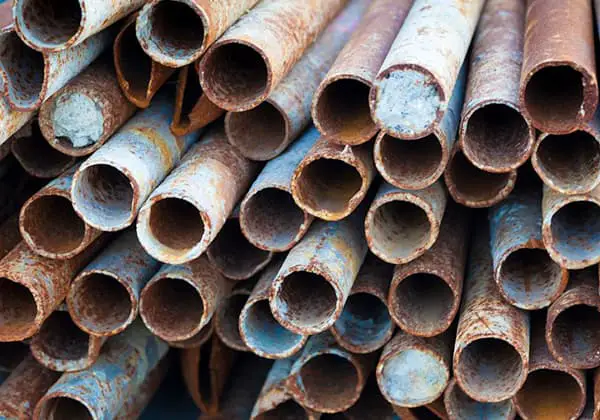
Which steel offers better performance for high-stress applications, 34CrNi3Mo or 42CrMo? This article delves into the detailed comparison of these two high-strength alloy steels, examining their chemical composition, mechanical properties, and practical applications. By the end of the article, you’ll have a clear understanding of which material is more cost-effective and suitable for your specific engineering needs.

34CrNi3Mo is a high-strength alloy structural steel with good comprehensive mechanical performance and processability.
It is governed by the standard: JB/T6396-2006.

42CrMo steel is an ultra-high-strength steel, with high strength and toughness, good hardenability, no obvious temper brittleness, high fatigue limit and multiple impact resistance after quenching and tempering, and good low temperature impact toughness.
It is governed by the standard GB/T 3077-1999.
| 34CrNi3Mo | 42CrMo |
| C:0.30-0.40% | C:0.38-0.45% |
| S:0.17-0.37% | Si:0.17-0.37% |
| Mn:0.50-0.80% | Mn:0.50-0.80% |
| S:≤0.035% | S:≤0.035% |
| P:≤0.035% | P:≤0.035% |
| Cr:0.70-1.10% | Cr:0.90-1.20% |
| N:2.75-3.25% | Ni:≤0.030% |
| Cu:≤0.020% | Cu:≤0.030% |
| M0:0.25-0.40% | Mo:0.15-0.25% |
After quenching and tempering according to the JB/T6396-2006 standard, the properties of 34CrNi3Mo are as follows:
After quenching and tempering according to the GB/T 3077-1999 standard, the properties of 42CrMo are as follows:
From the above comparison, it can be seen that 34CrNi3Mo and 42CrMo are largely similar in chemical composition, with only the Ni element making a significant difference. As the value of the Ni element is relatively high, the production cost of the raw materials for 34CrNi3Mo is higher than that for 42CrMo.
Both materials show good hardenability, similar plasticity and toughness. In practical applications, if both the mechanical properties (tensile strength ≥900, yield strength ≥785, elongation ≥14%, shrinkage after fracture ≥40%, impact work ≥54J) are to be met and cost is to be controlled, materials of 42CrMo grade can also meet the requirements.

